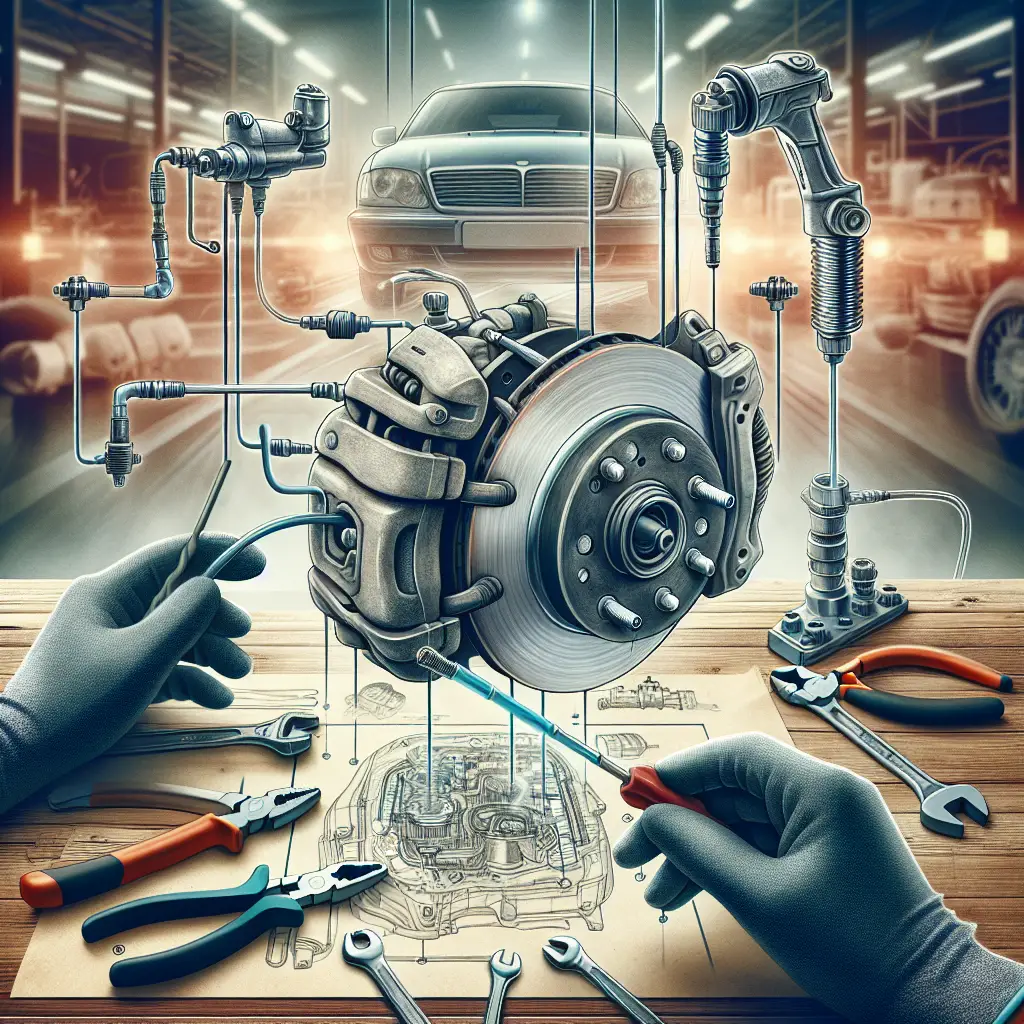Can You Bleed Power Brakes Without Engine Running?
When it comes to vehicle maintenance, one of the most crucial safety components are the brakes. Ensuring they function correctly is non-negotiable for the safety of the driver and passengers. Among the various types of brake systems, power brakes (or power-assisted brakes) require particular attention. A common query that arises is whether you can bleed power brakes without the engine running. If you aren’t familiar, bleeding brakes is the process of removing trapped air from the brake lines, which can cause a spongy feeling when you press the brake pedal and can severely diminish braking performance.
Understanding the Basics of Power Brake Systems
Before we dive into the details, let’s have a quick overview of what power brakes are. Power brakes or power-assisted brakes use the power of the engine and/or an electrical pump to provide extra force behind the brake pedal, making it easier to stop the vehicle. This system typically relies on a vacuum booster to help multiply the forces applied by the driver to the brakes.
Can You Bleed Power Brakes Without Engine Running?
The Short Answer
Yes, you can bleed power brakes without the engine running. In fact, some mechanics recommend it, while others suggest having the engine on to ensure the vacuum booster is providing the amplification needed to properly push any air out of the system.
The Process of Bleeding Power Brakes without the Engine Running
1. Gather the Necessary Tools
To bleed your brakes, you’ll need a few tools: a wrench set, a brake bleeder wrench or socket, brake fluid, a catch bottle for old fluid, and a friend to help, unless you have a brake bleeder kit that allows for a one-person job.
2. Locate the Brake Bleeder Screw
The bleeder screw is usually situated on the brake caliper or wheel cylinder.
3. Check the Brake Fluid Level
Before starting, check the brake fluid level in the master cylinder and make sure it is properly filled. Do not allow the master cylinder to run dry during the bleeding process as this can introduce more air into the system.
4. Have an Assistant Pump the Brake Pedal
With the engine off, have your assistant slowly pump the brake pedal multiple times to build up pressure.
5. Open the Bleeder Valve
While your assistant holds the brake pedal down, open the bleeder valve slightly, allowing the old fluid and air to escape into the catch bottle.
6. Close the Bleeder Valve and Repeat
Once the fluid stops flowing, close the bleeder valve. Have your assistant release the pedal and repeat the process until no more air bubbles appear in the fluid exiting the valve.
7. Move to Other Wheels
Repeat this process on all wheels. Make sure to consistently check the fluid level in the master cylinder to avoid running it dry.
8. Test the Brake Pedal
After all the wheels have been bled, test the brake pedal. It should feel firm, and the vehicle should stop evenly and effectively.
The Debate Among Professionals
Whether or not to have the engine running while bleeding brakes is a subject of debate among professionals. Some argue that having the engine off eliminates the risk of introducing more air into the system due to the vacuum effect. Others assert that the engine should be running to accurately mimic the conditions under which the brakes will be used; this can be particularly useful when making final checks to ensure the system has been thoroughly bled and operates correctly.
For those who are uncertain, consider consulting your vehicle’s repair manual for manufacturer-specific advice, or reach out to a professional mechanic. Websites such as AAA provide a wealth of information on the topic.
Safety Precautions
Irrespective of the method chosen, always prioritize safety. Here are key safety tips to keep in mind:
- Wear safety goggles to protect your eyes from brake fluid, which can be corrosive.
- Work in a well-ventilated area to avoid inhaling fumes from the brake fluid.
- Dispose of old brake fluid properly as it can be harmful to the environment.
- Never reuse old brake fluid.
Wrapping Up
Bleeding power brakes is a doable task, whether you choose to do it with the engine on or off. However, follow the instructions carefully and prioritize safety. If at any point you’re uncomfortable performing the task, consult a professional technician.
Brake maintenance is not something to be taken lightly, and knowledge is key to ensuring the job is done right. For guides and tips on automotive repair, sites like Car and Driver and Motor Trend offer reliable information as well.
Remember, every vehicle can present its own set of challenges, so consult the owner’s manual and if in doubt, seek professional advice.
It may seem like a minor issue, but properly bled brakes are vital to ensure the effective braking performance of your vehicle. Never compromise on brake efficiency – it’s better to be safe than sorry. Safe driving!

